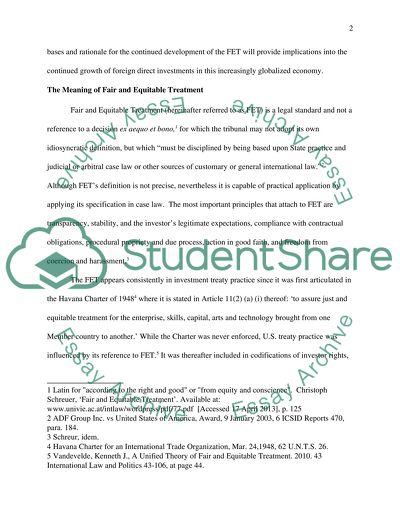Cite this document
(“Critically analyse fair and equitable treatment standard in Essay”, n.d.)
Retrieved from https://studentshare.org/law/1473015-critically-analyse-fair-and-equitable-treatment
Retrieved from https://studentshare.org/law/1473015-critically-analyse-fair-and-equitable-treatment
(Critically Analyse Fair and Equitable Treatment Standard in Essay)
https://studentshare.org/law/1473015-critically-analyse-fair-and-equitable-treatment.
https://studentshare.org/law/1473015-critically-analyse-fair-and-equitable-treatment.
“Critically Analyse Fair and Equitable Treatment Standard in Essay”, n.d. https://studentshare.org/law/1473015-critically-analyse-fair-and-equitable-treatment.


